Happy 2021! I say “happy” in a tentative voice as I know for many people that, although they will be glad to see the back of 2020, the new year is not without its concerns. I will avoid talking about the coronavirus challenges as much as possible in this post, which feels odd as it was probably what most of us will remember most about last year.
However, I think it is important to note how the pandemic affected my wildlife photography plans last year. One issue was that I had a lot less time than I thought I would, but I guess that travel was the main sticking point. Plans to visit and photograph seabird colonies, spot seals and to try out a new location for red squirrels were all cancelled, along with many other less ambitious trips, as we stuck to staying near home. It was disappointing and a bit frustrating, but barely an issue in the grand scheme of things. Staying local did also have its advantages, which I will come to later.
Some 2020 highlights
I became an “expert”
On a more positive note, 2020 was the year that many people found solace in nature. I was delighted to be approached by CPRE, the countryside charity, to contribute a piece on wildlife photography to the ‘Discover our countryside’ section of their website. They asked me to share some of my experiences and top tips while also explaining how wildlife photography helps alleviate my anxiety. I should probably say that they used the word “expert”, not me! You can read the article on the CPRE website – I would love to hear what you think of it. I hope to do more of these articles on photography and wildlife in the future, so please get in touch if you would like me to write something for you.
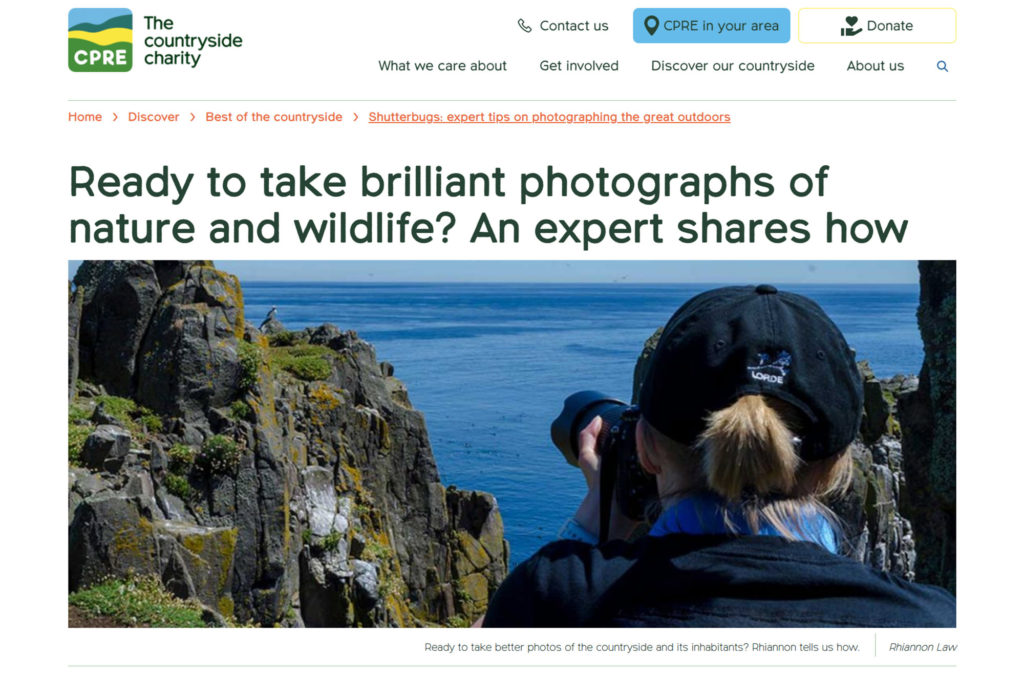
I would also like to note that while I believe it is vital to encourage people to connect with nature for wellbeing, we should also acknowledge that it is government’s responsibility to ensure that everyone has access to the help they need for their mental health. It is not simply enough to say “it’s ok to not be ok” or “go for a walk in a green space” and leave it at that.
Getting festive
Following on from my article for them, CPRE also approached me to use one of the images that appeared in that piece on one of their Christmas cards and the Friends of Danesbury and Queen Victoria Memorial Hospital asked if they could use a couple of my images for their cards.
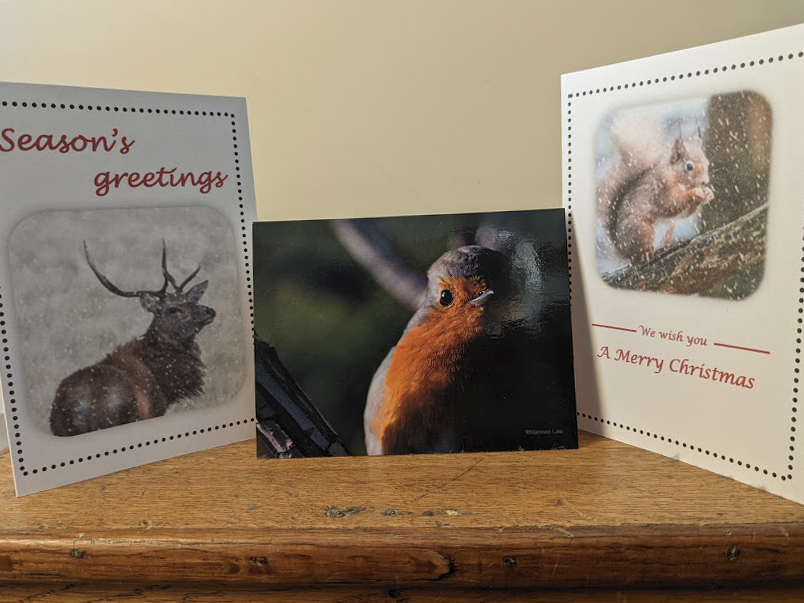
Old dog, new tricks
2020 was the year I pushed myself out of my comfort zone and tried some new things. I hired a hide for the first time, an activity that I had previously shied away from. What if the wildlife showed up and I didn’t manage to get any decent images? Well, I hired the woodland hide at Argaty Red Kites twice last year and came back with plenty of images I was proud of and, more importantly, had the most wonderful encounters with red squirrels and woodland birds.
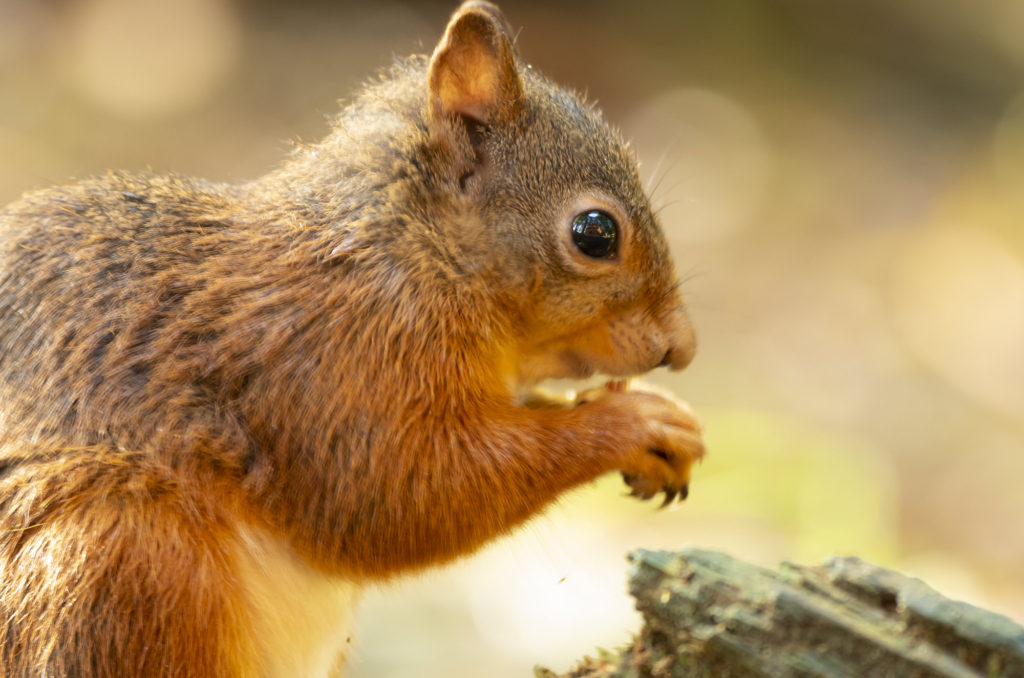
I cannot recommend this approach enough. Not only is the wildlife used to using the area as a reliable food source and therefore used to people moving about quietly in the hide, but you also have plenty of time to work on your images. When the wildlife is all around you and neither you nor your subject is going anywhere, you can take the time to work out what images you want to achieve, rather than photographing everything as quickly as possible before it disappears.
I also decided to develop my bird identification skills and completed three online training courses with the British Trust for Ornithology. I would recommend courses like these to any amateur wildlife photographers, as improving your identification skills will automatically boost your chances of capturing the image you want. When I am out walking, I can now tell which birds are in the area by their songs and calls. This gives me a heads-up as to which species I may be able to photograph and in which trees they are hiding. This has greatly increased my success rate when compared with just searching for wildlife by eye.
Wildlife wonders
Although I may have struggled to find the time to do all the image processing and website updates that I wanted to do in 2020, I did manage to do the most important activity for me – getting outdoors and seeing nature with my partner. I did not capture all of these moments in an image, but that is ok. Some memorable moments included: getting to know the movements of a local flock of my nemesis bird, watching red squirrels at Argaty and spotting a grey seal at Lunderston Bay.
What I learnt
What a difference a day (and the weather) makes
We seemed to have an abundance of overcast and dreary days this autumn and winter. I spent much of my time on Instagram lamenting the lack of light for photography. There were many occasions where I went out with my camera and spotted tiny, speedy birds such as long-tailed tits and goldcrests or big soaring birds such as buzzards, but was unable to get any decent images. I have learnt the hard way that if the light is pretty non-existent, it does not matter how much you crank the ISO up because the resulting image is unlikely to have much going for it. I think they may have to consider putting “unfortunately the light wasn’t great” on my headstone.
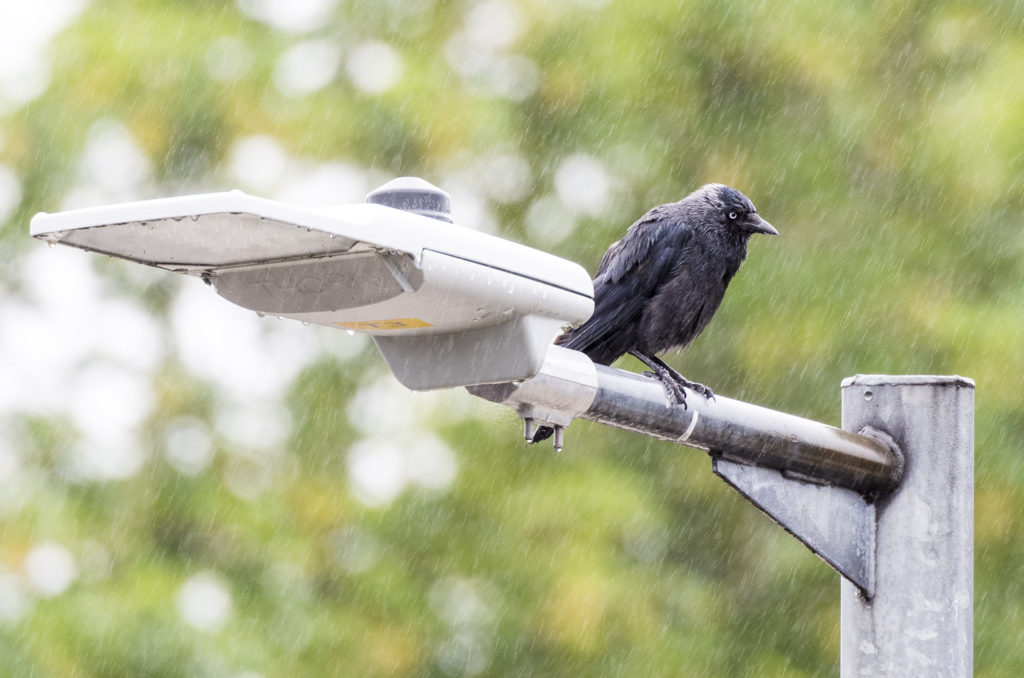
That said, although a lack of light has made for some very uninspiring images taken by me this year (which I have since deleted), some adverse weather conditions have added a bit of interest to what would have otherwise been dull images. As long as you have the right protection for your camera gear, a bit of rain never hurt anyone and, in the case of the jackdaw on a street lamp shown above, can improve your image. I should probably confess that I was not outdoors for this particular shot. It was captured by me hanging out of the window of my home office (aka my dining room), proving that I can indulge my passion for wildlife photography pretty much anywhere!
Sharing is caring
2020 was the year I began to post pretty regularly on Instagram and Facebook. I want to say a massive thank you to all that follow me on those channels. Your support, kind words and likes have given me a confidence boost as I have started to devote more time to sharing my images.
But it has not just been the follows and likes that have been a benefit of posting images regularly on social media. I have found that challenging myself to write descriptive posts has required me to find relevant information about species and conservation issues to share. In turn, this means that I have done a fair bit of research and taught myself a lot about the wildlife I have been photographing. These ‘Insta-blogs’, as I like to call them, also allow me to focus on why I am sharing a particular image and think about how I captured it and why I like it. All of this has given me a daily task to focus my brain on that is related to something I enjoy. I know this has helped with my mental health during a tough year.
Staying local has its advantages
At the start of 2020, I was planning to spend a lot of time on my local patch – the Botanic Gardens near my office. Those plans changed when we were told to start working from home in March. This felt frustrating at first, as I had just started getting to know the characters and rhythms of this green space. However, I have since got to know the nature near my home. I now regularly watch and photograph some stunning wildlife including goosanders, long-tailed tits, dunnocks and tree creepers. This new local patch inspires me every time I take a stroll around it and I know I won’t be short of opportunities for photography for as long as I will be working from home.
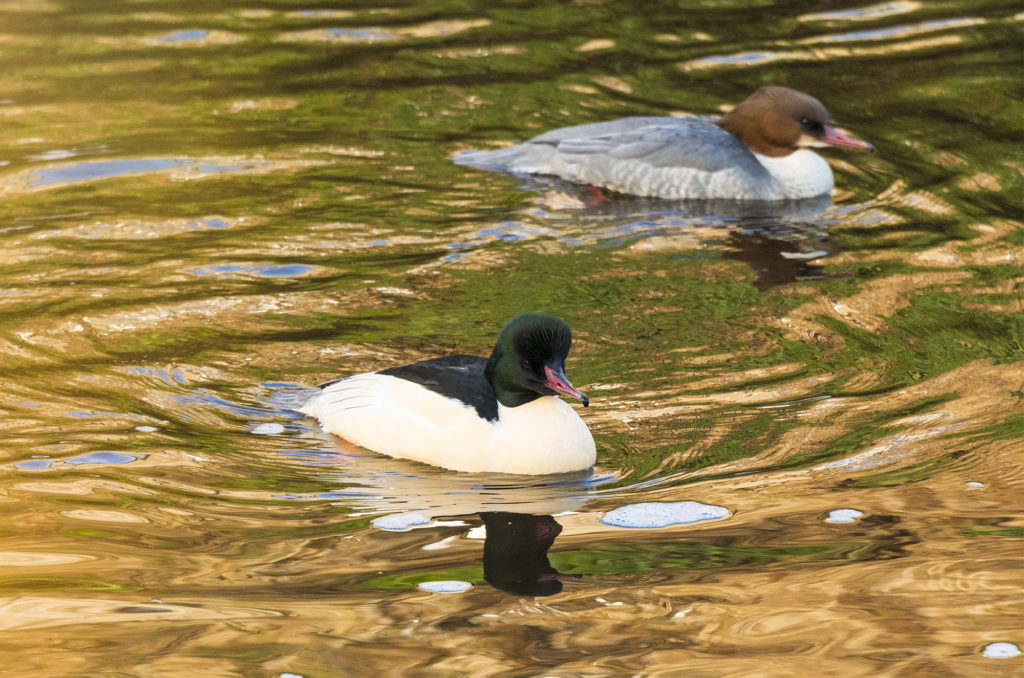
Focussing on a new year
It feels appropriate that the first image I captured in 2021 was of lesser black-backed gulls on the roof opposite our flat (shown below). Photographing wildlife from my window in this way sums up much of lockdown life for me. It was also one of the first images I envisaged for my urban gull photography project and I was delighted to have been able to execute it as I had planned it in my mind. As an often opportunistic wildlife photographer, I have rarely planned images in the past, but I have a feeling this will be a skill I will be developing this year.
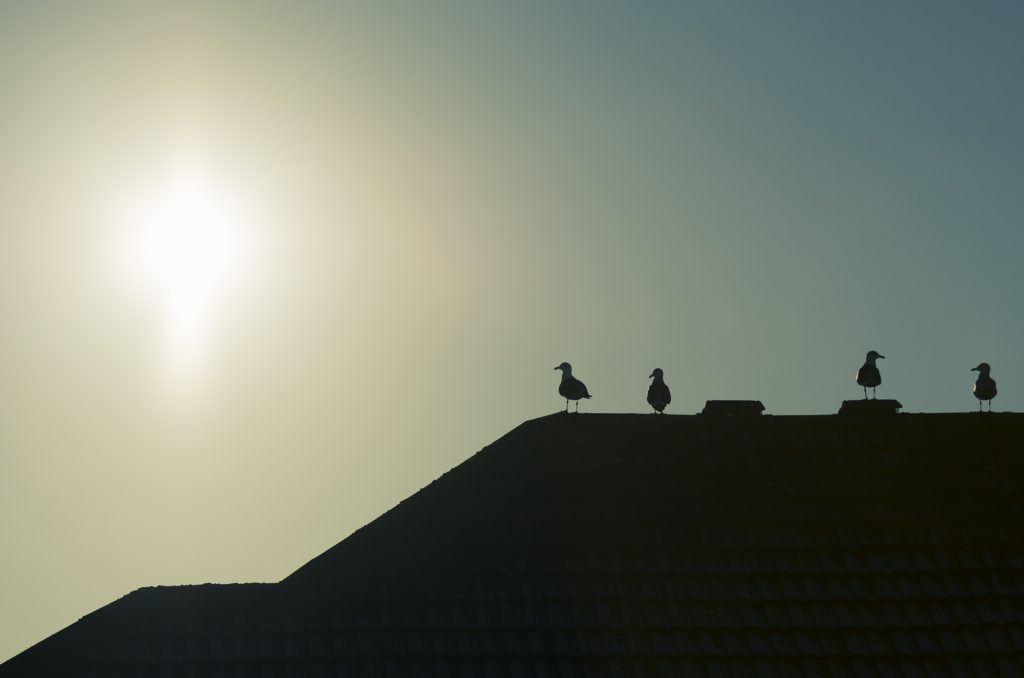
In many ways, my plans for my wildlife photography in 2021 are much the same as they were in 2020. The goals I shared on Instagram nearly a year ago were:
- Sort out my local patch project
- Take advantage of the wealth of knowledge and facilities that people make available through books, blogs, renting their hides, public talks etc
- Encourage people to rethink their attitudes to perceived pest species
- Not to get frustrated – It can feel like a struggle to get the most out of my wildlife photography when I seem to be fitting it in around everything else. But, instead of cursing the lack of time in the field, I am going to celebrate every moment I get with my subjects, however fleeting.
- Share more on my website and social media.
I feel that all of these are still relevant. I was hoping to travel more in 2021 although, given the current situation, I am fully prepared to miss the seabird colonies and other seasonal spectacles again this year.
My main plan for this year is to keep enjoying the magical moments I have with wildlife, but my biggest hope is that 2021 will be better than 2020 for everyone.


2 comments
Great start to 2021 Rhiannon, very inspiring! Keep the posts coming……
What a joy to read & view your photographs on this grey day.
Thank you and you are an inspiration to all of us to appreciate our local wildlife.
Comments are closed.